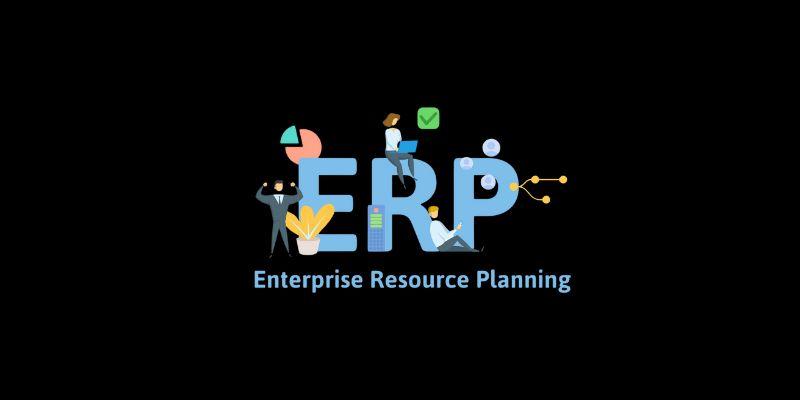Over the past decade, the robotic process automation (RPA) market has experienced significant growth. Businesses across industries adopted RPA to boost efficiency and automate repetitive tasks. However, experts now suggest the future of RPA may not be as promising as once believed. With many organizations having already implemented automation tools, opportunities for fresh growth are shrinking. At the same time, businesses are becoming more selective about new investments, while RPA solutions are showing slower innovation..
Vendors now face intensified competition, tighter budgets, and growing concerns about return on investment. Although RPA remains beneficial, its growth is expected to plateau. Market saturation and stagnating innovation are dampening momentum. As the technology landscape becomes more cautious and cost-conscious, businesses must understand these market dynamics when planning future automation strategies.

Early Adoption Phase Has Peaked
During its early years, robotic process automation quickly gained popularity. Businesses were keen to implement cost-cutting measures. The prospect of fewer manual tasks and quicker procedures stoked enthusiasm. Even basic bots made a big difference back then. However, most large enterprises have already adopted RPA. The number of new customers is declining, creating challenges for vendors.
Basic automation tools are becoming less and less in demand. Businesses are increasingly seeking sophisticated AI-powered solutions. Growth naturally slows down as the market gets older. Businesses that currently employ bots are less likely to experience rapid growth. Large-scale deployments are now giving way to maintenance and contract renewals. Hyperautomation and other emerging technologies are gaining popularity. Ironically, RPA’s early success is now the cause of its slower growth in the future. The once-burgeoning adoption phase may be about to enter a slower and more stable phase.
ROI and Maintenance Costs Raise Concerns
RPA was promoted as an investment with low costs and high returns. RPA still offers benefits, but the return on investment can be inconsistent over time. Businesses often underestimate long-term maintenance costs. Every time systems or workflows change, bots need to be updated. Performance rapidly declines in the absence of regular monitoring. Support requirements rise in tandem with the scale of RPA projects. Businesses also have to pay licensing fees, which increase with increased usage. Smaller companies often struggle with the ongoing costs of maintaining RPA systems.
Big businesses expect a greater return on their RPA investment. Consequently, budget approvals are getting more stringent. Executives are seeking quantifiable results that yield immediate returns. Future expansion is postponed if expectations are not fulfilled. The adoption of automation software trends is slowing down due to this financial strain. Although RPA remains useful in many situations, concerns about its cost-effectiveness are influencing how businesses make investments in automation.
Saturated Market with Intense Competition
The ecosystem of RPA vendors has grown very crowded. Dozens of new players are now competing with established ones. Each promises better tools, pricing, or services, giving customers a wide range of options. As a result, vendor margins have been squeezed and prices have decreased. Weaker providers are being forced out by market saturation. Even leading vendors are struggling to differentiate themselves. Platform-to-platform product features frequently overlap.
Several specialized RPA products are available in sectors such as banking and healthcare. New deployments are uncommon because many tools are already in place. Rather than investing in new tools, businesses are focused on optimizing existing solutions. Rapid growth is no longer the focus of the robotic process automation market. It concerns long-term sustainability, consolidation, and survival. Year after year, the number of new clients continues to decline as the field stabilizes and fewer deals are made.
Innovation in RPA Has Slowed Down
Earlier, RPA tools revolutionized workflow automation. With remarkable success, they took the place of humans in rule-based tasks. However, the problems of today call for more intricate answers. It is anticipated that AI and machine learning will be integrated. Traditional RPA platforms, however, fall behind in these advancements. Many tools continue to use antiquated scripting techniques. They are not intelligent enough to make cognitive decisions.
For deeper insights, users frequently require third-party software. It restricts the application of RPA in more extensive transformation initiatives. RPA’s applicability in digital strategies is harmed by its lack of innovation. AI-powered platforms, on the other hand, are developing quickly. These systems provide adaptive logic and predictive models. RPA is difficult to compete with due to its inflexible design. The future of RPA technology appears uncertain as a result. RPA will become less appealing without significant advancements.

Shift Towards End-to-End Automation Solutions:
Businesses no longer desire isolated automation tools. They now seek integrated systems that can manage entire business processes. That kind of value cannot be provided by RPA alone. It lacks comprehensive capabilities but automates individual steps. These days, end-to-end platforms come with workflow engines, AI, and RPA. They provide better insights and more intelligent decision-making. The trend toward integration reduces the appeal of standalone RPA.
RPA-only vendors are left behind. Growth, therefore, involves moving in the direction of larger ecosystems. Businesses look for scalable solutions rather than fragmented ones. They are seeking tools that will grow with their company. RPA turns into a single feature on a larger platform. The automation software adoption trends currently prefer platforms with full-stack automation. RPA needs to advance or face obsolescence. Vendors risk becoming obsolete if they fail to adapt to this change. Because of this, industry analysts predict that the RPA market will soon reach a plateau.
Conclusion:
The robotic process automation (RPA) market has matured and is now entering a phase of slower growth. Due to high costs, a lack of innovation, and market saturation, businesses are reconsidering their plans to expand. Automation strategies are focusing on newer, more adaptable tools. Current automation trends increasingly favor intelligent, integrated platforms over isolated RPA tools. To thrive in a market that has plateaued, vendors must adapt to the changing landscape. When investing in automation in the future, businesses need to be strategic.












